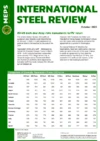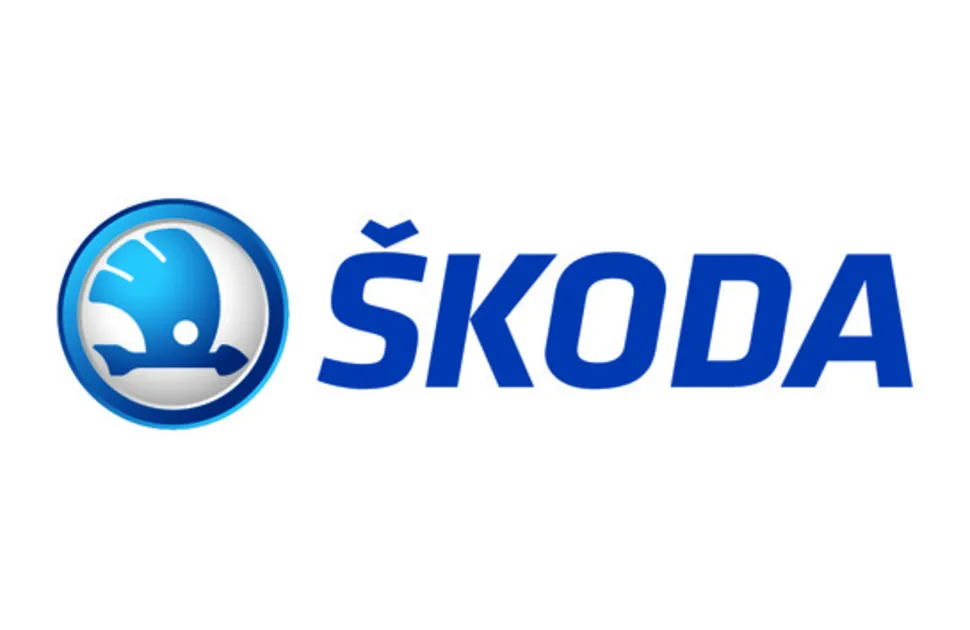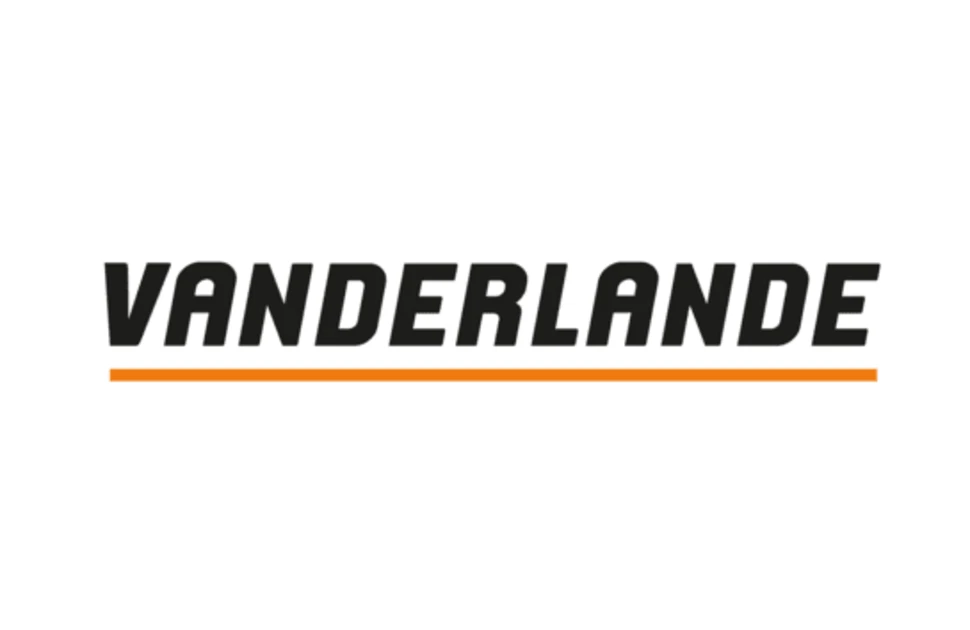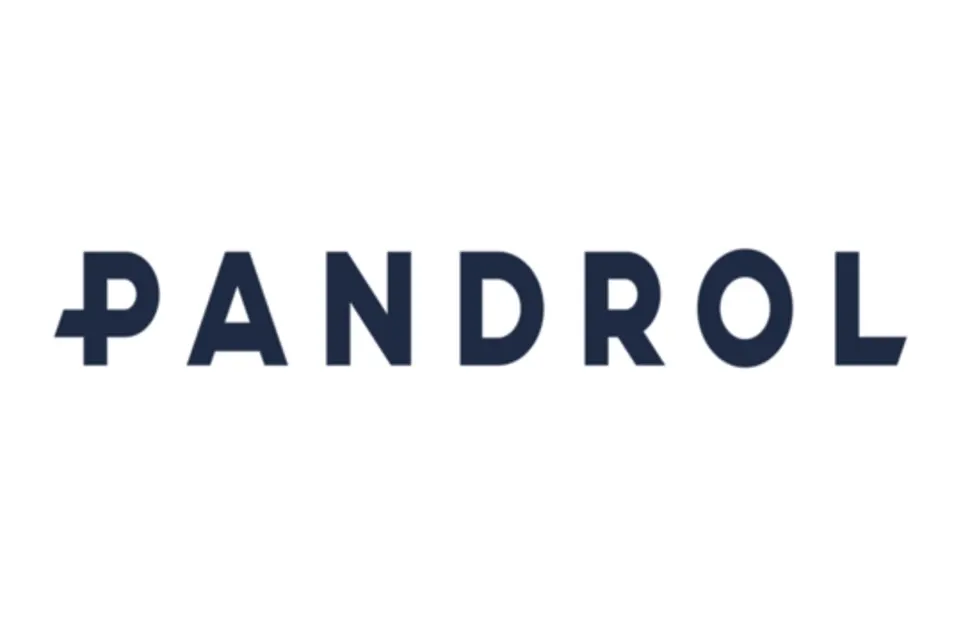New 50% steel import tariff to restart US price rises
President Donald Trump’s doubling of the United States’ Section 232 import tariffs on steel, from 25% to 50%, is expected to restart an upward price trend that reversed in May.
The CME July and August hot rolled coil contracts are already up over USD100 per short ton since President Trump’s announcement of the increased rate last Friday (May 30). Prices are now expected to quickly rise above this year’s peak price of USD900 for hot rolled coil, recorded in April.
MEPS’s US hot rolled coil prices increased by almost 40% during the first quarter. The uptick came as domestic steelmakers raised their prices amid an expectation of reduced imports of low-cost steel, following the blanket reinstatement of 25% Section 232 tariffs. However, prices declined in May as many steel buyers assumed a “wait and see” stance due to subdued demand and growing uncertainty about the impact of future tariffs.
- Regular insight into the United States' steel market is published in MEPS's International Steel Review. The monthly report provides subscribers with steel prices, indices, market commentary and forecasts from key global steel markets. Contact MEPS for details of how to subscribe.
While the new 50% tariff made headline news, there are other important aspects of the revised “Adjusting Imports of Aluminum and Steel into the United States” proclamation released yesterday (June 3) by the White House. These include:
- US steel imports from the United Kingdom remain subject to a lower 25% tariff as a result of the US-UK Economic Prosperity Deal signed on May 8, 2025. The reduction or removal of this rate could be implemented as soon as July 9.
- Imports of derived steel products will be charged the 50% tariff on the steel content only. All other applicable tariffs, including future reciprocal tariffs, are charged on the non-steel content.
- The ordering of the non-stacking tariffs for US automotive imports has been changed to further support the steel sector. If an import has already been charged a 25% automotive tariff or a 50% steel or aluminium tariff, then that product would not be charged a non-USMCA compliant 25% tariff.
- The “melt and pour” tariff exemption remains in place. If an imported derived steel product uses US-produced steel, then the imported product will not be subject to the 50% tariff.
Foreign countries continuing to “offload low-priced, excess steel and aluminium in the United States market and thereby undercut the competitiveness of the United States steel and aluminium industries” was cited as the main reason for the increased tariff rate.
The Trump administration wants to see steel production capacity utilisation at or above 80%. Last week, the American Iron and Steel Institute (AISI) reported a utilisation rate of 78.2%, the highest level since August 2024 and a significant increase from 72.3% reported in the first week of October 2024.
Several key steel-producing countries have already expressed their concerns about the new US tariff levels. Canada, which exported 50% of its production to the US in 2024, has been most vocal about the effect of Section 232 tariffs.
"At a 50 per cent tariff, we basically consider the U.S. market closed — completely closed, door slammed shut, if you will — to Canadian steel," said Catherine Cobden, the chief executive of the Canadian Steel Producers Association (CSPA) in an interview yesterday (June 3). The CSPA has called on the Canadian government to do more to support the domestic industry.
New tariff’s ‘significant impact’ on Europe
Kaye Ayub, MEPS’s head of price analysis and forecasts, described the likely effect on the European steel industry in an article by CNBC News. She said: “A tariff of 50% on steel imports into the United States would have a significant impact on a European steel industry still reeling from the initial 25% rate imposed from March 12.
“Steel demand is already low across Europe, eroding prices and domestic steelmakers’ profit margins. This has forced many producers to cut production and close plants as they struggle to compete with low-cost steel imports produced in countries where production costs are much lower.”
Despite the lower 25% tariff rate currently imposed on UK steel imports, the future tariff rate is not guaranteed. According to the White House proclamation, the 25% tariff rate may only apply until July 9, at which time the tariff rate may adjust, a quota system may be introduced, or the tariff rate may increase to 50% if aspects of the US-UK trade deal are not in compliance.
US steel prices could see significant increases as the volume of low-cost imports declines. While US steelmakers may benefit from higher selling prices, this will raise costs for many US manufacturers and could drive inflation, which would ultimately lead to a decline in steel demand. Yesterday, Lourenco Goncalves, the chief executive of Cleveland Cliffs and chairman of the AISI, called on the US Federal Reserve to lower interest rates in order to support steel demand.

Source:
International Steel Review
The MEPS International Steel Review is an essential monthly publication, offering professional analysis and insight into carbon steel prices around the world.
Go to productRequest a free publication





